Introduction: Proper maintenance preserves the shine of stainless steel cookware.
Stainless steel cookware, including triply cookware, is known for its durability and sleek appearance. However, over time, it can develop discoloration or tarnishing due to various factors such as cooking habits, improper cleaning, or environmental influences. How can consumers prevent these issues and maintain the cookware’s appearance?
Regular cleaning, careful cooking, and proper storage are key to preventing discoloration and tarnishing.
Let’s explore effective maintenance practices to keep stainless steel surfaces looking new.
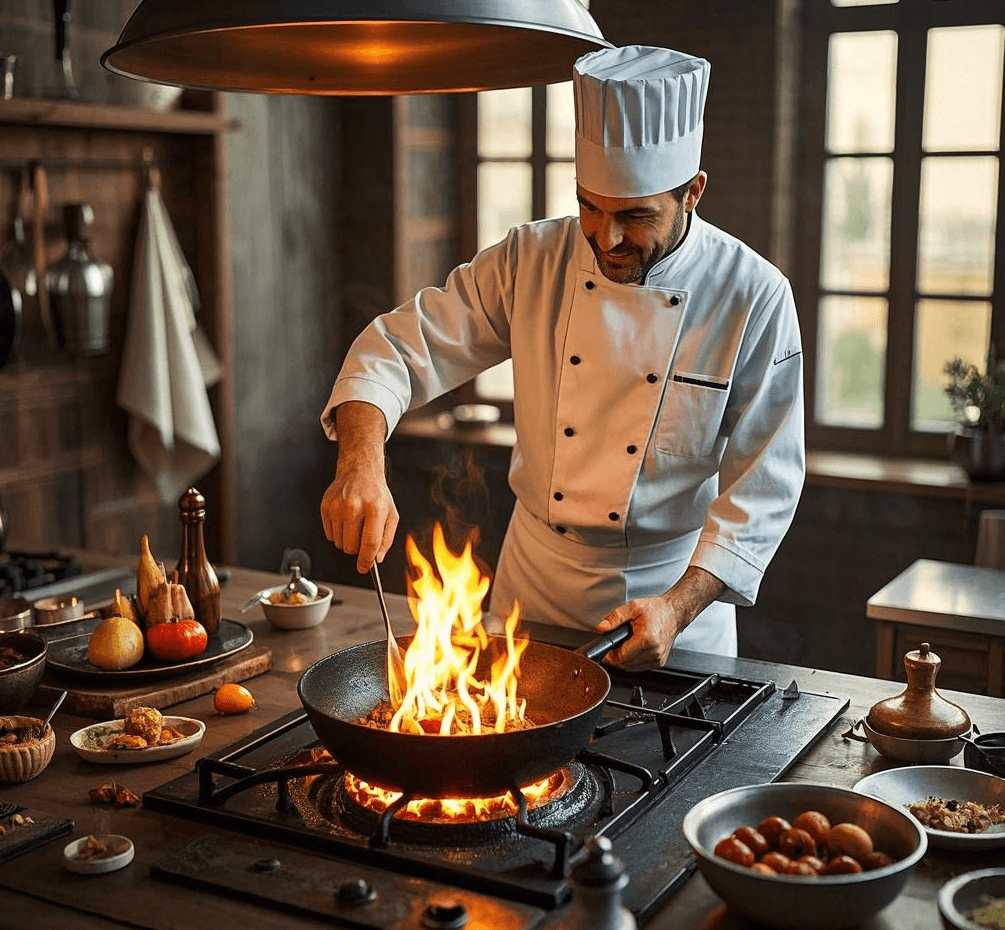
How Can Regular Cleaning Prevent Tarnishing and Discoloration?
Regular cleaning is one of the simplest and most effective ways to prevent discoloration on stainless steel cookware. Food particles, oil residues, and mineral deposits can accumulate and cause tarnishing if left unattended.
- Immediate Cleaning: After each use, cleaning the cookware while it’s still warm helps prevent residues from hardening. Avoid using abrasive scrubbers, as they can scratch the surface and make discoloration more likely.
- Mild Dish Soap and Warm Water: For everyday cleaning, use a mild dish soap and warm water to remove food particles. For more stubborn stains, a paste of baking soda and water can be applied to the affected areas.
Learn more about effective cleaning techniques for stainless steel cookware.
Regular cleaning helps maintain the cookware’s appearance and prevent tarnishing.
How Does Cooking Technique Affect Stainless Steel Discoloration?
Certain cooking techniques can contribute to the discoloration of stainless steel cookware. Being mindful of cooking practices can reduce the risk of tarnishing.
- Avoid High Heat: Cooking on high heat for prolonged periods can cause discoloration. While stainless steel can handle high temperatures, repeated exposure to excessive heat can cause a rainbow-like discoloration.
- Use of Acidic Ingredients: Cooking acidic foods such as tomatoes or vinegar can sometimes cause discoloration on stainless steel surfaces. To minimize the risk, avoid letting acidic foods sit on the cookware for extended periods.
Discover how cooking techniques impact stainless steel cookware.
Mindful cooking practices can help prevent unnecessary discoloration caused by heat or acidic ingredients.
How Can Proper Storage Prevent Discoloration?
Storing stainless steel cookware properly also plays a crucial role in preventing discoloration. If cookware is not stored correctly, moisture or contact with other materials can lead to tarnishing.
- Dry Thoroughly: Always ensure that your cookware is completely dry before storing it. Moisture left on the surface can lead to water spots and discoloration.
- Avoid Stacking Without Protection: When storing cookware, avoid stacking them directly on top of one another without protective layers. Using a soft cloth or paper towel between the pieces can prevent scratches and surface damage.
Explore proper storage methods for stainless steel cookware.
Proper storage practices help prevent moisture buildup and minimize contact with abrasive surfaces, reducing tarnishing.
How Can Specialized Cleaning Products Help Maintain Stainless Steel?
For more stubborn discoloration or tarnishing, using specialized stainless steel cleaners can restore the cookware’s shine.
- Stainless Steel Cleaner: Products specifically designed for stainless steel surfaces can remove discoloration and restore the shine. They are formulated to polish the metal and prevent future tarnishing.
- Polishing Cloths: Microfiber cloths or soft polishing cloths can be used after cleaning to give the cookware a final shine and to remove any remaining streaks.
Learn about specialized cleaning products for stainless steel cookware.
Specialized cleaners and cloths can effectively remove discoloration while preserving the cookware’s surface.
How Does Environmental Exposure Affect Stainless Steel?
Environmental factors such as humidity, exposure to harsh chemicals, and the minerals in water can contribute to tarnishing or discoloration of stainless steel cookware.
- Avoid Harsh Chemicals: Exposure to bleach or harsh chemical cleaners can damage the surface of stainless steel, leading to discoloration and corrosion. Always use mild cleaning products designed for stainless steel.
- Hard Water: Hard water can leave mineral deposits on stainless steel surfaces. To prevent this, use filtered water or wipe down cookware after each use to remove water spots.
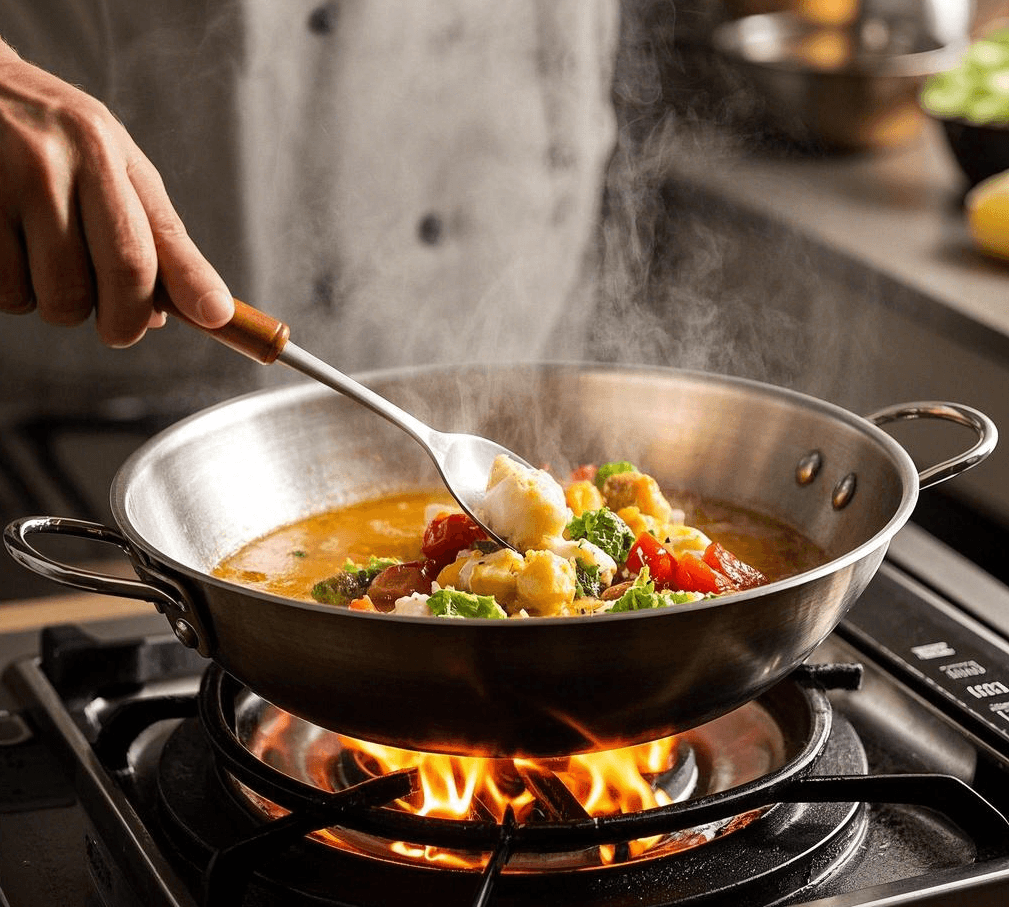
Understand the effects of environmental factors on stainless steel.
Environmental exposure can accelerate discoloration, so taking steps to protect cookware from moisture and harsh chemicals is crucial.
Claim: Regular Maintenance Practices Help Preserve Stainless Steel Cookware’s Appearance
By following simple yet effective maintenance practices, such as regular cleaning, mindful cooking techniques, proper storage, and using specialized products, consumers can prevent discoloration and tarnishing, preserving their cookware’s shiny, polished look.
Conclusion: Maintenance is Key to Long-Term Beauty
In my experience, maintaining stainless steel cookware requires a combination of consistent cleaning, careful cooking, and proper storage. When these practices are followed, the cookware not only retains its original appearance but also continues to perform effectively over time. By investing a little extra effort in care, stainless steel cookware can maintain its beauty and durability for years, making it a valuable asset in any kitchen.

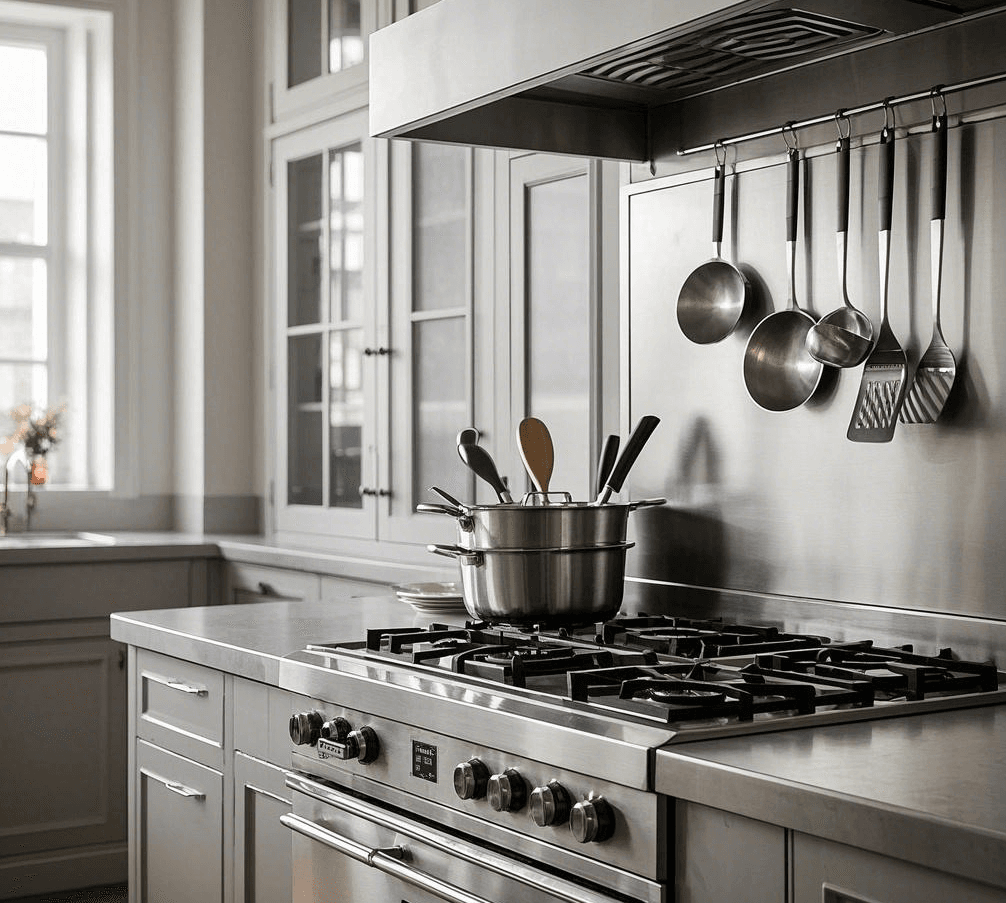

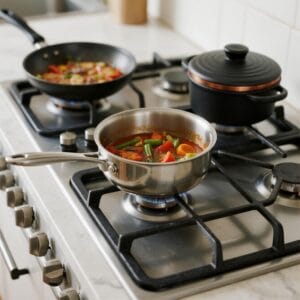
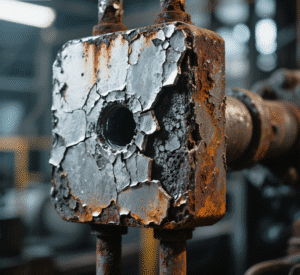
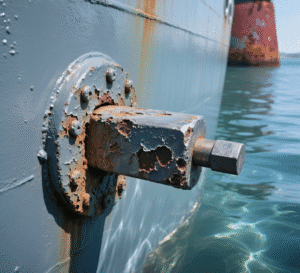

3 Responses